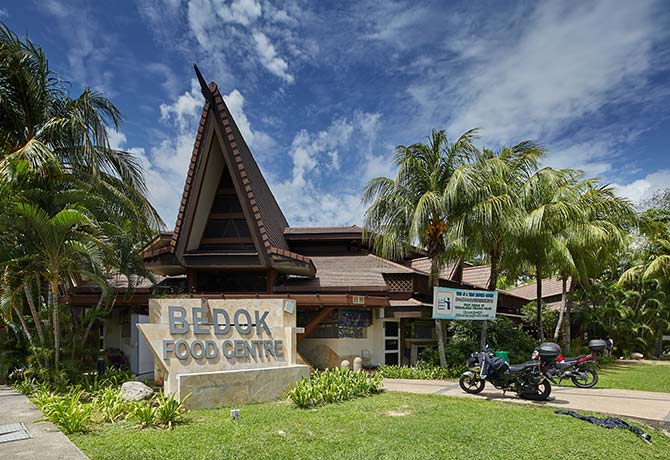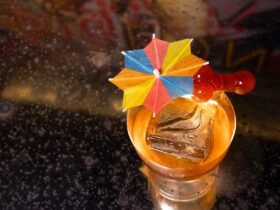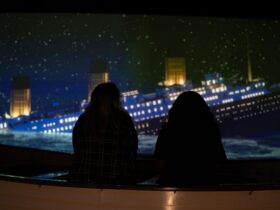Did you know that Bedok was the party central of the past? Discover more immersing facts about the town in this tantalising trail
By Pamela Chow

A 17th-century map detailing the naval battle that led to the capture of the Santa Catarina, with one of the waterways on the main island likely to be Sungei Bedok. (Photo: Barry Lawrence Ruderman Antique Maps)
In the early-20th century, Bedok was home to Singapore’s wealthy as well as villagers, fishermen and farmers. Today, the land at East Coast has been reclaimed and extended by 1km — but vestiges of the past have survived.
Embark on a historical excursion around Bedok with the National Heritage Board’s (NHB) new Bedok Heritage Trail, which features 10 heritage markers at significant sites. Here are five noteworthy ones worth a visit.
ADVERTISEMENTS











Leave a Reply